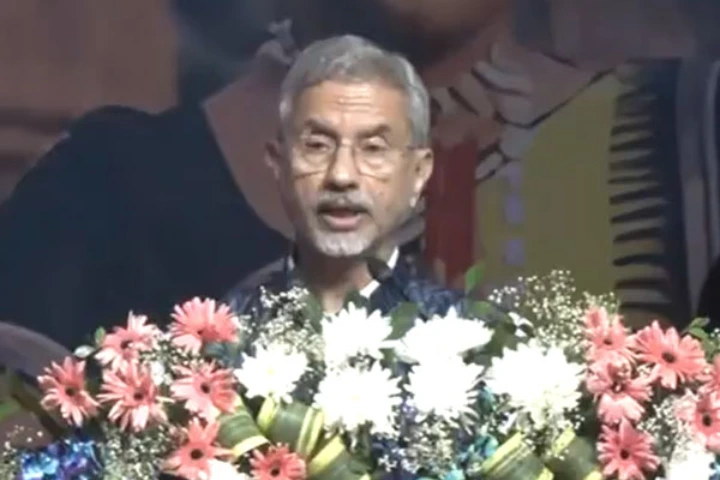On Friday, the first collaborative Earth observation satellite created by the United States and India, the NASA–ISRO Synthetic Aperture Radar (NISAR) mission, will formally go into service.
The mission’s calibration phase has been finished, according to ISRO Chairman V Narayanan, opening the door for full-scale data operations. The announcement will be made on November 7 at a special conclave.
NISAR, which weighed 2,400 kg, was launched on a GSLV rocket from the Satish Dhawan Space Center on July 30. Designed to provide unmatched worldwide monitoring capabilities, it is one of the most ambitious and costly Earth observation programs ever undertaken.
The dual radar payloads of NASA’s L-band system and ISRO’s S-band sensor form the core of NISAR’s mission. Because of its architecture, it is the first satellite to carry two SAR (Synthetic Aperture Radar) systems, allowing for high-resolution imaging in all weather and daylight circumstances.
Because of the satellite’s architecture, it can cover almost the whole planet every 12 days, giving scientists everywhere regular access to reliable data. The system’s dependability in remote and dynamic areas is improved by its capacity to see through clouds, rain, and darkness.
Narayanan emphasized that NISAR will greatly advance Earth system science by enabling precise tracking of environmental changes when discussing the mission’s scientific potential. Policymakers and climate scientists will have access to a comprehensive record of land deformation, coastal evolution, and other geophysical phenomena thanks to its integrated L- and S-band data streams.
The successful calibration of NISAR is yet another milestone in the expanding space collaboration between the United States and India. It draws attention to the growing intricacy and scope of ISRO’s research partnerships as the organization continues to bolster its worldwide position in planetary science and space-based observation.
In addition to this achievement, ISRO is moving forward with planning for the Gaganyaan human spaceflight program, its next big undertaking. The first unmanned Gaganyaan mission is scheduled to launch in January 2026, according to Narayanan. The ultimate objective is to launch Indian astronauts into space using a domestic launch vehicle by 2027, which will be a turning point in the country’s space aspirations.
Thus, NISAR’s operational launch coincides with a critical juncture for the Indian space program, signifying both technological advancement and growing global collaboration in high-precision Earth scientific missions.


